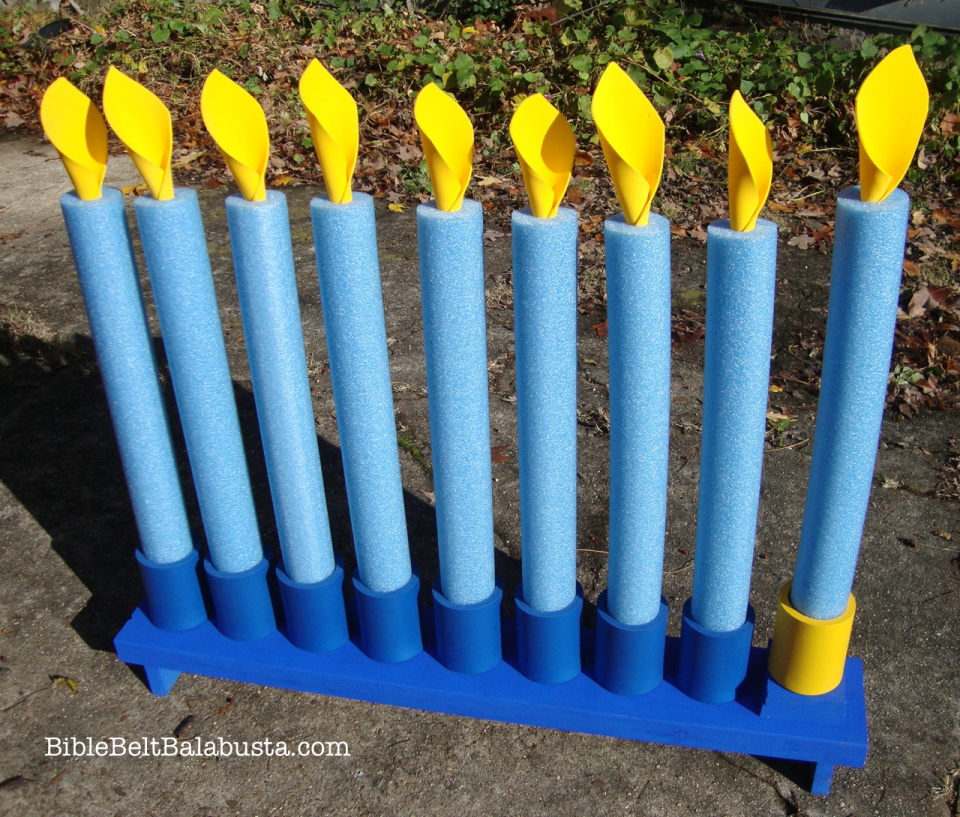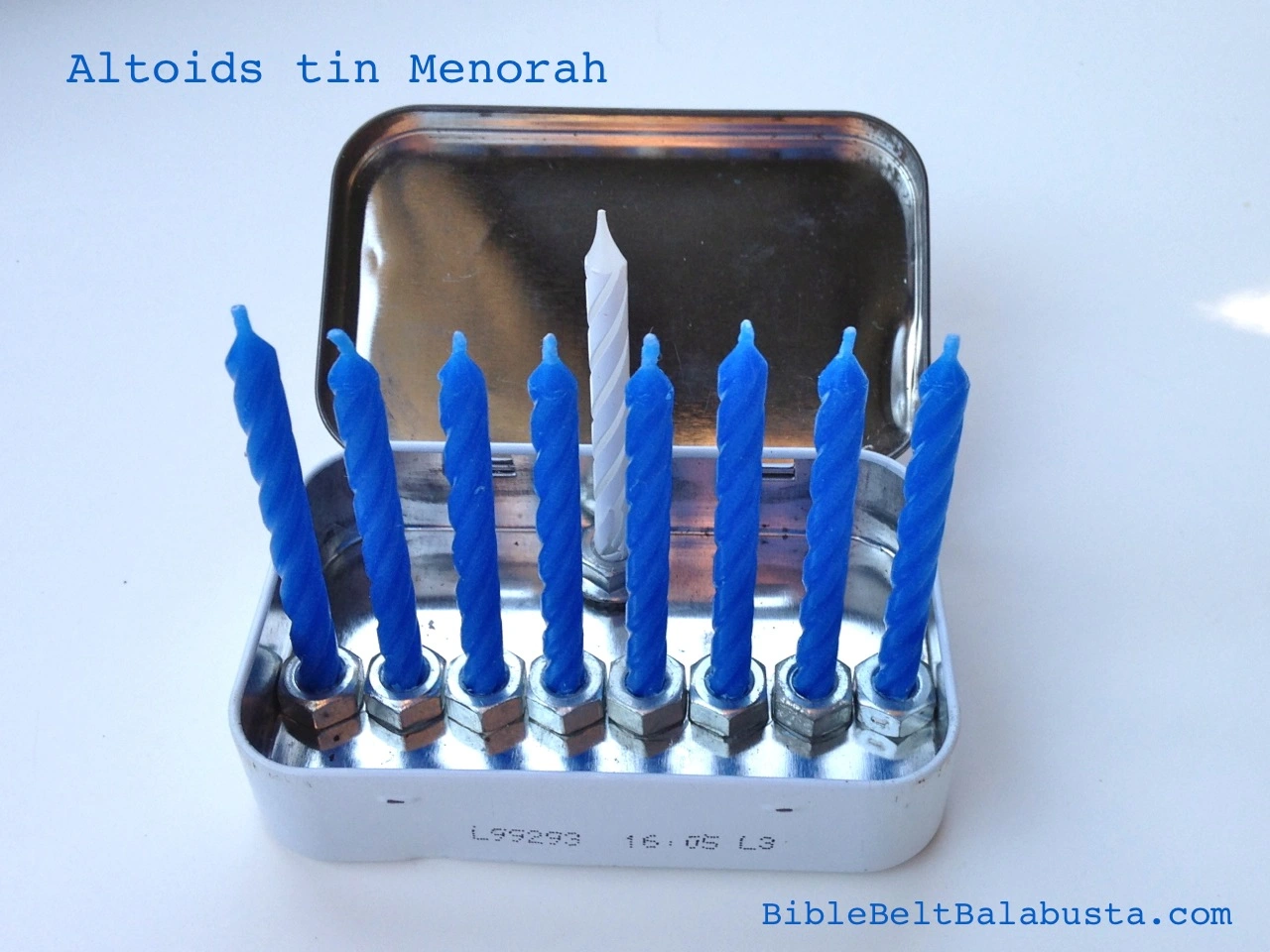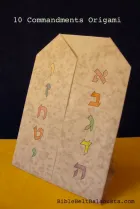
Moses and the Pyramids
The last time I won a contest was when I was six. I colored something, Mom sent it in, and months later, long after I’d forgotten about any contest, I got a box of 64 crayons in the mail; the kind of box with the built-in sharpener and the staggered stadium-seating for all 64 crisp, fragrant, pointy, pristine crayons. Because I was a careful child who grew into a careful adult, and because I have what may be a slightly pathological tendency to grasp and never let go, I actually still own many of those crayons. They are joined by newer additions, but they all live in a plastic bin that served my Teenager well, and now my Toddler.
On Monday, I won a contest over at Homeshuling, where I submitted a comment about how I make a seder interesting for kids. Apparently, two other slightly pathological tendencies: to over-prepare and to focus on minutiae, are good for thinking up and executing elaborate Afikomen Treasure Hunts.
By Afikomen time at our seders, we’ve lost most kids to the lure of, well, pretty much anything except what is still going on at the table. They’ve sung, they’ve dipped, they’ve wiped their horseradish noses, they’ve dressed in costume, they’ve thrown ping-pong ball hail and rubber skeletons, they’ve eaten, and now they are done. Full of cheer and chocolate, why should they come back and sit down? No, aside from trying to sneak wine while our backs are turned, the seder is over for everyone below the age of 17. But here’s where rabbinic wisdom actually works: the seder is not over, and it cannot be over until the kids find the Afikomen. A seder is, at heart, a pedagogical enterprise: a teaching tool, and the ransoming of the Afikomen is a particularly brilliant bit of the syllabus. This deal to exchange a broken matzah for the resumption and eventual end of a seder may be motivation enough, but I like to add a treasure hunt to up the ante. And, if I can plan a decent one despite a decided lack of sequential thinking ability, anyone can (it is very much like math, the orchestration of a treasure hunt).
Treasure hunts do take prep, however. I have to start days in advance, and then plant the clues the morning of the seder using a master list to keep track of the location, the content, the hiding place, the reader, and the destination of every single clue. (One year I made a spreadsheet, but that was going a bit too far.) Besides the logistics, the real tricks are to tailor the clues to individual kids (ages, reading levels, interests), to make it fair to kids who have no knowledge of the house, to make it fair to kids who have no knowledge of Jewish traditions, to make it hard enough to be puzzling but doable, and to make it fun.
I like to start with team action. One year, I printed the first clue, cut it into pieces, and stuffed each piece into a balloon. Every kid had to stomp on his/her balloon to get to the fragment, and then all the bits had to be pieced together to form a hidden phrase. That clue led to the next clue, and so on. (Technically, bursting balloons is not a kosher for Passover activity, but we slide on that rule.) I’ve done something similar by gluing the initial phrase onto a paper plate, cutting it into pizza slices, and taping each slice under eight chairs. Again, the group has to work together to start the hunt.
Each clue has a different kid’s name on the outside of a wee envelope, and only that kid gets to open the clue and read it aloud. This prevents one eager player from hogging all the clues and reading them silently before racing to the next one. It also allows me to personalize the clue for each kid. And, it draws out the hunt at a reasonable pace, and lets interested adults overhear the action. If I have a particularly playful adult on hand, I may include this person in the hunt with clues of her own.
When I have non-readers, I use photographs or sketches of places (tub, mailbox, dog crate, etc.) to indicate the destination.
When I have readers, I use rhyming clues, word puzzles, riddles, limericks, or fill-in-the-blank. Some clues might need a red plastic screen to read a colored font, or a mirror to read words printed backwards. Some clues are written in invisible ink or in Hebrew.
As to where the clues are hidden, I am now at liberty to divulge a few of this year’s locales: inside the Centrum vitamin bottle, taped to the Rabies tag on the dog’s collar, under a giant rubber locust’s wing, inside a toy pyramid (an accompaniment to our Moses and Pharaoh action figures), in the tub, under the red shirt of a four-foot-tall Winnie the Pooh, and in the diaper wipe box. My all-time, hall-of-fame favorite hiding place is the inside of a macaroon. I still think of that one and grin with smug self-appreciation.
The penultimate prize is, of course, the Afikomen which is hidden wherever the last clue leads (the ultimate prize being the ending of the seder). However, I do have a bag of little tchotchkes and everyone gets to pick one. Gifts are super cheap and thematic: frogs of every kind (my favorites are the stretchy ones and the type I can flip at targets), Egyptian tattoos, light-up cockroach key-rings.
The really, real prize, however, is the flood of happy activity at the natural lull of the evening, the excitement of the chase, and best of all: the look on Teenager’s face while it happens. Last night the look was different: she was playing a new role. She guided Toddler from clue to clue, helping interpret his color photos, herding him in the right direction. And that’s when I knew I had done the right thing by limiting this year’s seder guest list to nil. The duet, the focus, the moment was just for us. We did it. The big decision for a small seder worked.




















Pingback: DIY Passover Plagues Toys | Bible Belt Balabusta
I’d love to see some visuals. What your clues look like. A variety of age appropriate clues and associations. Examples of hiding places. Balloons won’t work for us on yom tov. Nor sealed envelopes, nor cellotape nor sticky-tac but i’m open to other suggestions.
Usually, my clues are just typed in Word, printed and cut out in strips tiny enough to hide inside objects. When I have kids too young to read, I’ll use a full sheet with photos or drawings. For yom tov-kosher group clues, where each guest has a piece of one clue, I’ve hidden the tiny papers under dinner plates, under seat cushions. If you use envelopes, they don’t have to be sealed.
There’s a paragraph up there where I divulge that year’s clue locations, and all should be strictly kosher except the one that involves tape.
Pingback: Index Card Origami Frogs that hop: Passover placecards, game, plague | Bible Belt Balabusta